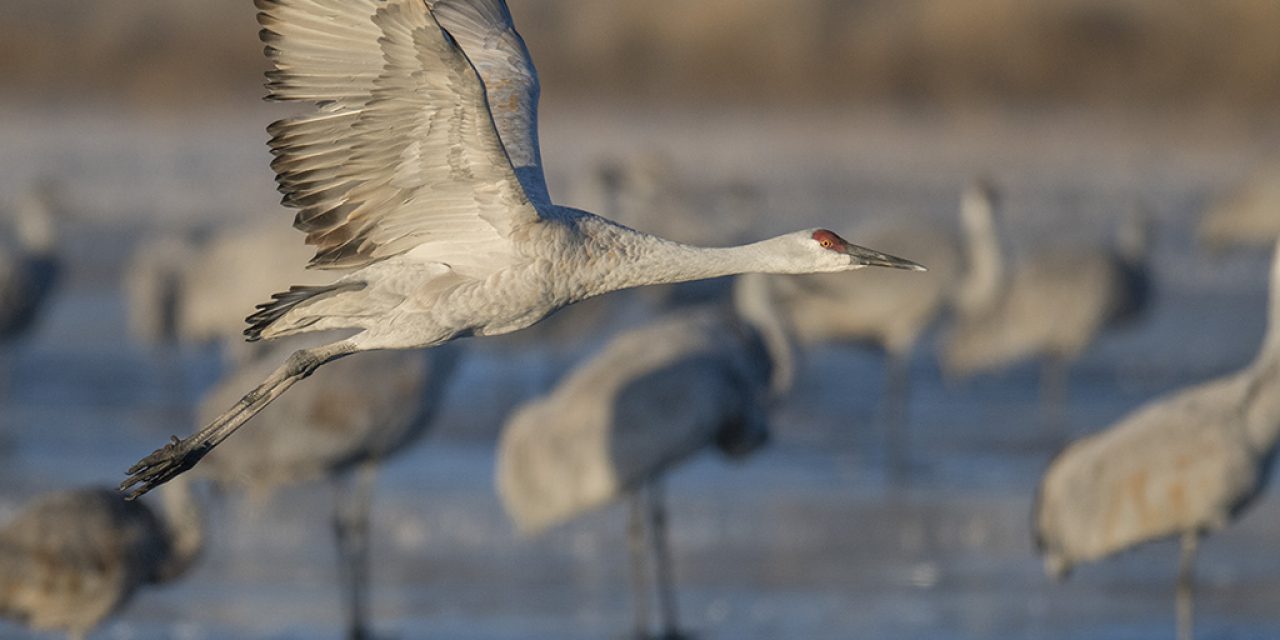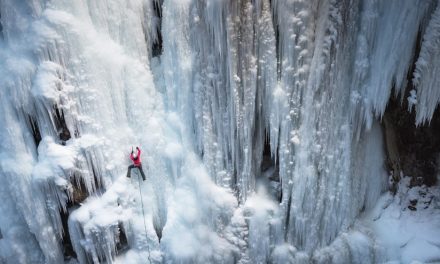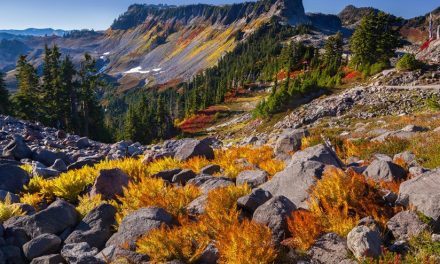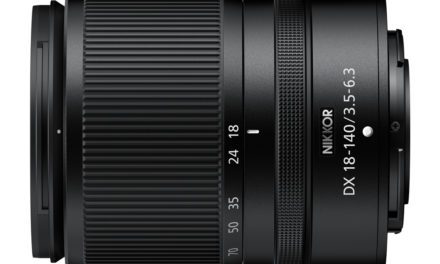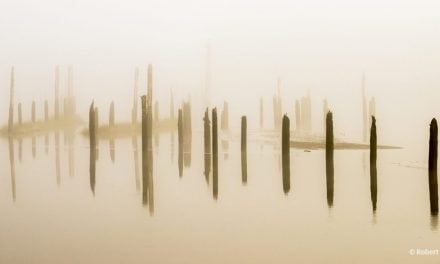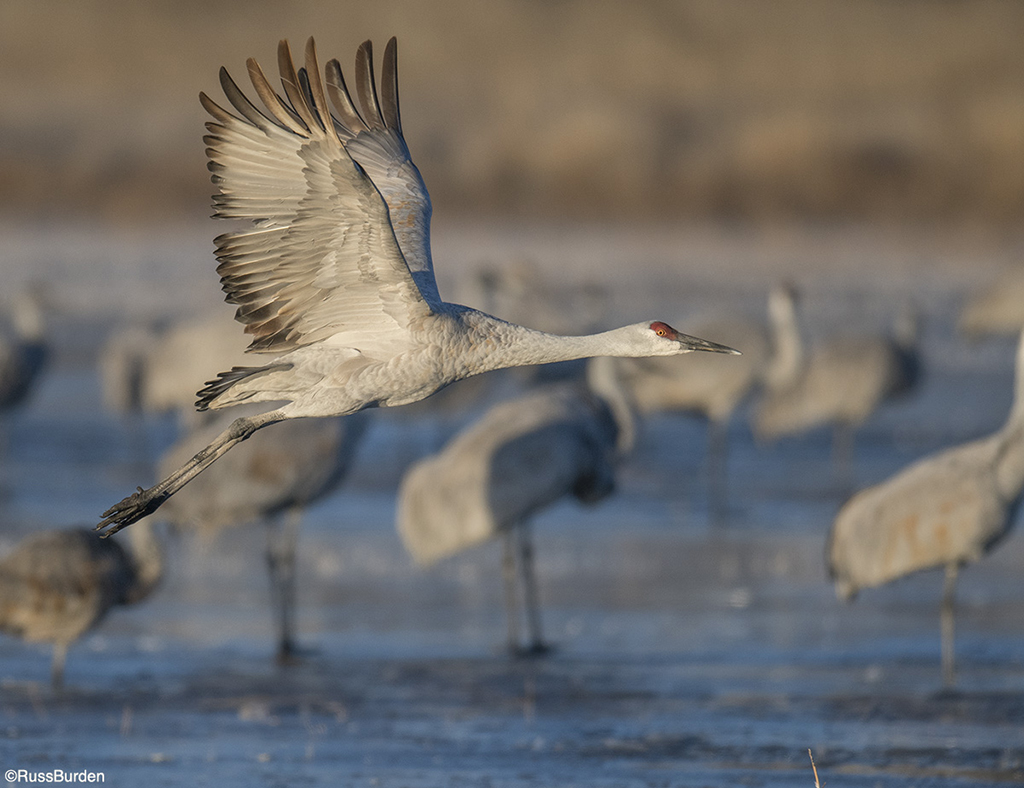
It’s sunrise or sunset and I’m out with my camera: CHECK. Hands down, these are the two best times of the day to make photos.
I made a pre-shoot camera check and all my settings are dialed in: CHECK. For wildlife, I have specific settings and for scenics I have others, but I’m ready to switch if necessary.
I have a polarizer handy if it will enhance the photo: CHECK. Have a system where everything is easily accessible including batteries and extra cards.
My camera is mounted to my tripod and the handles are locked down: CHECK. I encourage the use of a tripod to better ensure sharp images, and when it’s over your shoulder, make sure everything is secure.
So all the above is in place, the animal or scenic I want to photograph is there, it appears in all its glory, but the make-or-break part of the formula confronts us. It’s time to construct the composition. A cacophony of dissonance appears before our eyes and it’s time to construct an orderly arrangement of all the elements.
Serenity Out of Confusion: Watch For Mergers
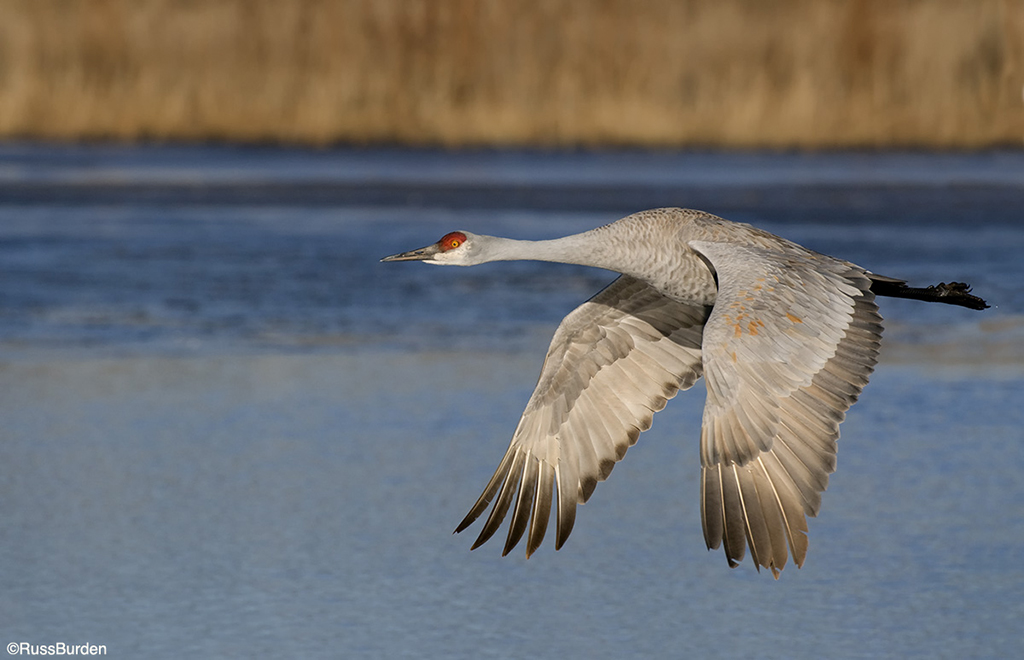
Mergers occur when one subject overlaps another in a way that is awkward. When photographing wildlife, be aware of how one animal hides another. The heads of all should be seen and should make a connection with the viewer. If they do overlap, be patient and wait for separation. While it doesn’t always turn out that way, it’s a great feeling when it does. For a landscape, walk around the scene and create a composition where important elements lead the eye through the composition from foreground to background. If there’s an element that doesn’t “fit,” continue your pursuit. Again, will it always work? Absolutely not, but never give up looking for the arrangement of elements where everything falls into place.
Serenity Out of Confusion: How About That Background

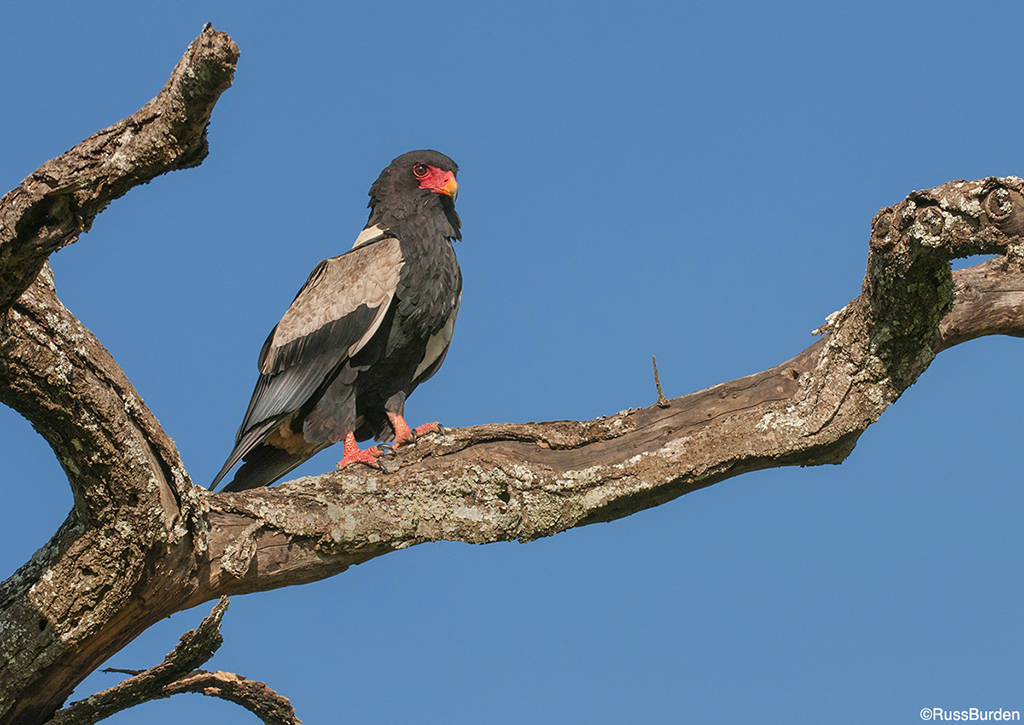
A background that is busy, contains lots of distractions, prevents the subject from popping out, has very bright or dark blobs, etc., prevents a photo from being a winner. Even if everything else is perfect, no matter how many times you press the shutter, if the background is chaotic, the image will fall short. In the two images of the bateleur eagle, the bird is barely visible in the first. I waited for the eagle to fly to a different perch and it paid off. Next to the acacia in which the eagle exists in photo 1 was a dead tree. It flew from one to the next and posed for about five minutes. The time I invested waiting for a cleaner shot paid dividends.
Serenity Out of Confusion: Create A Frame
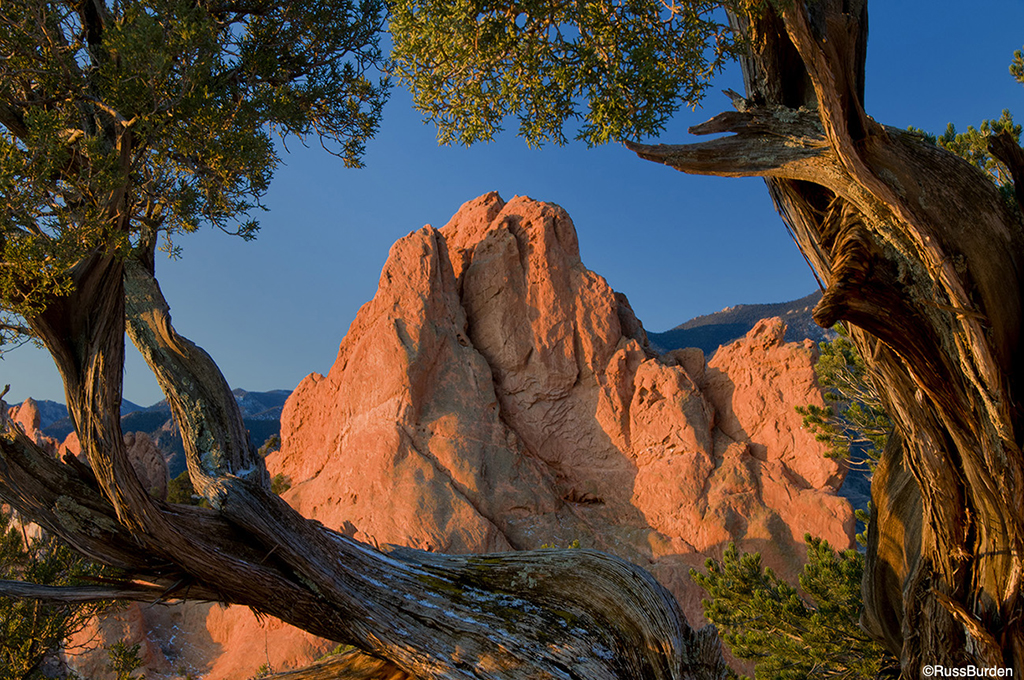
Use a frame to draw the viewer’s eye to a given subject and location within the photo. The frame should have a connection to the subject it surrounds. In a landscape, use a natural element in the environment to create a foreground halo around another subject included in the viewfinder. Frames can lead the eye into the photo, they can encircle or enclose a different subject, they can provide depth or even provide context. Choose the frame wisely as it should enhance the photo and not leave the viewer asking why it appears. Be sure to stop down the lens to maximize depth of field so the foreground frame, middle secondary subject and background all appear in focus. This is important in landscape photography. When working with other subjects, creative out-of-focus frames can work well.
Serenity Out of Confusion: Subject Placement
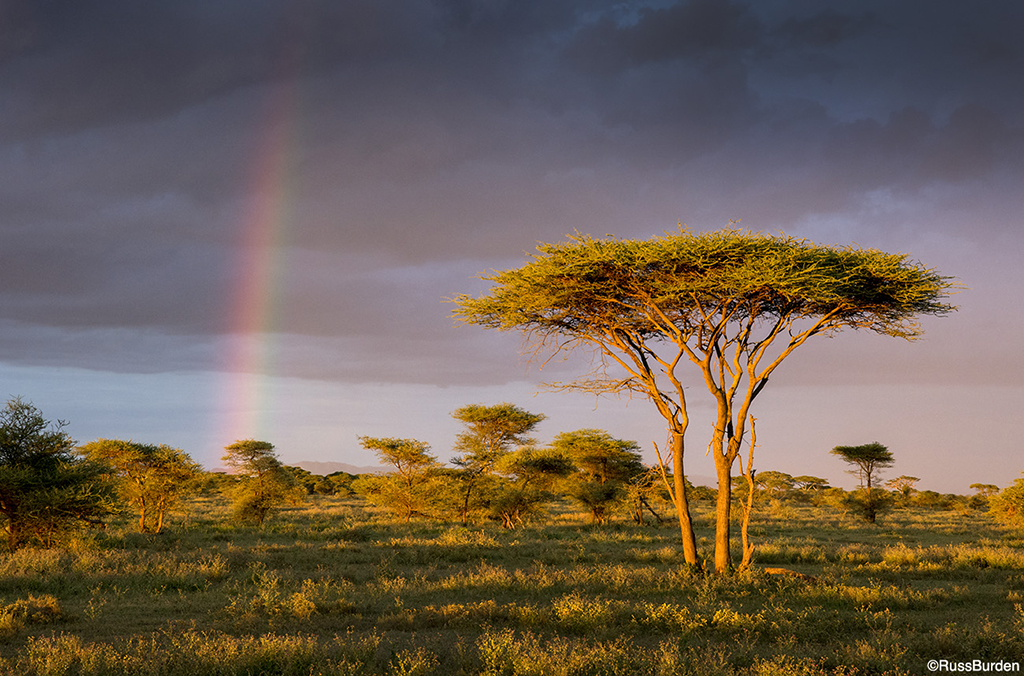
When it comes to composition, the rule of thirds is the first concept that should be mastered. While it can be successfully broken, masterpieces are created when it’s applied. Imagine a tic-tac-toe board placed in your viewfinder. The point at which the lines intersect creates the rule of thirds. Primary subjects should be placed where the lines cross. This holds true for both wildlife and scenics. It also holds true for large primary subjects. If you were to divide the viewfinder into thirds and hold the camera vertically, important subjects should be found in the top and/or bottom section. If held horizontally, the same holds true for the left and/or right sections.
So go out and carefully construct cerebral compositions and avoid chaos and confusion. The wall upon which your newly created magnum opus will hang will thank you.
Visit www.russburdenphotography.com for information about his nature photography tours and safari to Tanzania.
The post Carefully Construct Cerebral Compositions appeared first on Outdoor Photographer.

